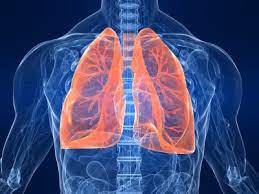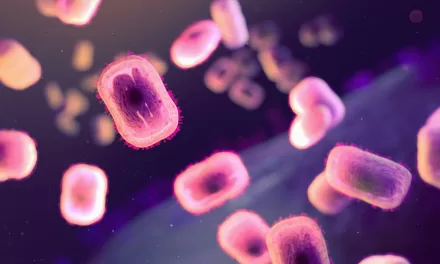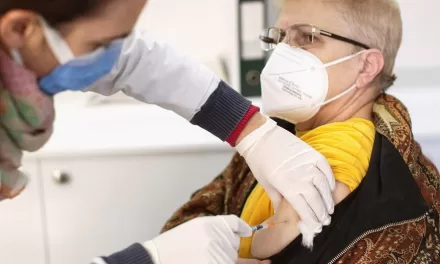5 September 2024
In a landmark step towards improving global health security, the World Health Organization (WHO) has launched a global framework aimed at investigating the origins of new and re-emerging pathogens. Developed with support from the Scientific Advisory Group for the Origins of Novel Pathogens (SAGO), this framework offers a structured, comprehensive guide to help Member States understand the emergence of infectious diseases.
This initiative represents the first unified approach to identifying the sources of novel pathogens, addressing a critical gap in pandemic preparedness. Although several tools have been used to investigate infectious disease outbreaks, this framework serves as a “how-to” guide for conducting comprehensive studies and scientific investigations, ensuring a coordinated global response to future health crises. Updates will be made as feedback from users is gathered, enhancing its effectiveness over time.
A Rising Threat: Epidemics and Pandemics
The increasing emergence of pathogens—ranging from known threats like Ebola, Nipah, avian influenza, and Mpox (formerly Monkeypox), to novel diseases like SARS-CoV-2—highlights the urgent need for timely investigations. Each outbreak underscores the importance of rapidly identifying and containing pathogens, both to protect human and animal health and to prevent the financial and societal devastation that pandemics cause.
“Understanding when, where, how, and why epidemics begin is both a scientific and moral imperative for the sake of those who lose their lives to them,” said Dr. Tedros Adhanom Ghebreyesus, Director-General of WHO. He emphasized that this framework could have significantly aided the investigation into COVID-19’s origins, which remains an unresolved and contentious issue.
Key Elements of the Framework
The WHO framework outlines six core technical elements, each designed to address different aspects of pathogen emergence:
- Early Outbreak Investigations: Examining the first identified cases and clusters to determine potential sources of exposure and the characteristics of the pathogen for diagnostic purposes.
- Human Studies: Investigating epidemiology, transmission modes, clinical presentation, and presence of the pathogen in syndromic surveillance samples.
- Human-Animal Interface Studies: Identifying potential animal reservoirs, intermediate hosts, and reverse zoonoses (when humans transmit pathogens to animals).
- Environmental Studies: Searching for insect vectors, environmental sources, and the pathogen’s earliest presence in the environment.
- Genomics and Phylogenetics: Studying the pathogen’s genome to track precursor strains, evolutionary pathways, and its spatial distribution over time.
- Biosafety and Biosecurity Investigations: Determining if a breach in laboratory or research activities may have triggered the initial cases.
This approach encourages multi-disciplinary collaboration and provides guidance on initiating investigations, offering recommendations on the necessary tools, capacities, and resources to implement them effectively.
Building Global Capacity
The framework is intended as a resource for scientists, public health officials, and researchers worldwide. It emphasizes the need for strong surveillance systems across human, animal, and environmental health sectors, aligned with the One Health approach. Nations are encouraged to prioritize biosafety, biosecurity, and laboratory capacities, with WHO highlighting the need for transparent and timely sharing of findings to guide international responses.
Rapid data sharing is critical in mitigating further transmission and preventing new pathogen spillovers. As Dr. Ghebreyesus stated, “If this framework had been in place when COVID-19 struck, the quest to understand its origins may have been more successful.”
A Global Effort to Prevent Future Pandemics
Established in 2021, SAGO comprises independent global experts tasked with identifying the best scientific approaches to understanding the origins of pathogens. This framework forms part of a broader WHO initiative aimed at strengthening health emergency preparedness and prevention systems, developed in partnership with its Member States and health organizations worldwide.
By enhancing our understanding of pathogens’ origins, this framework offers a powerful tool in the fight against future pandemics—ensuring the world is better equipped to prevent and respond to global health crises.












